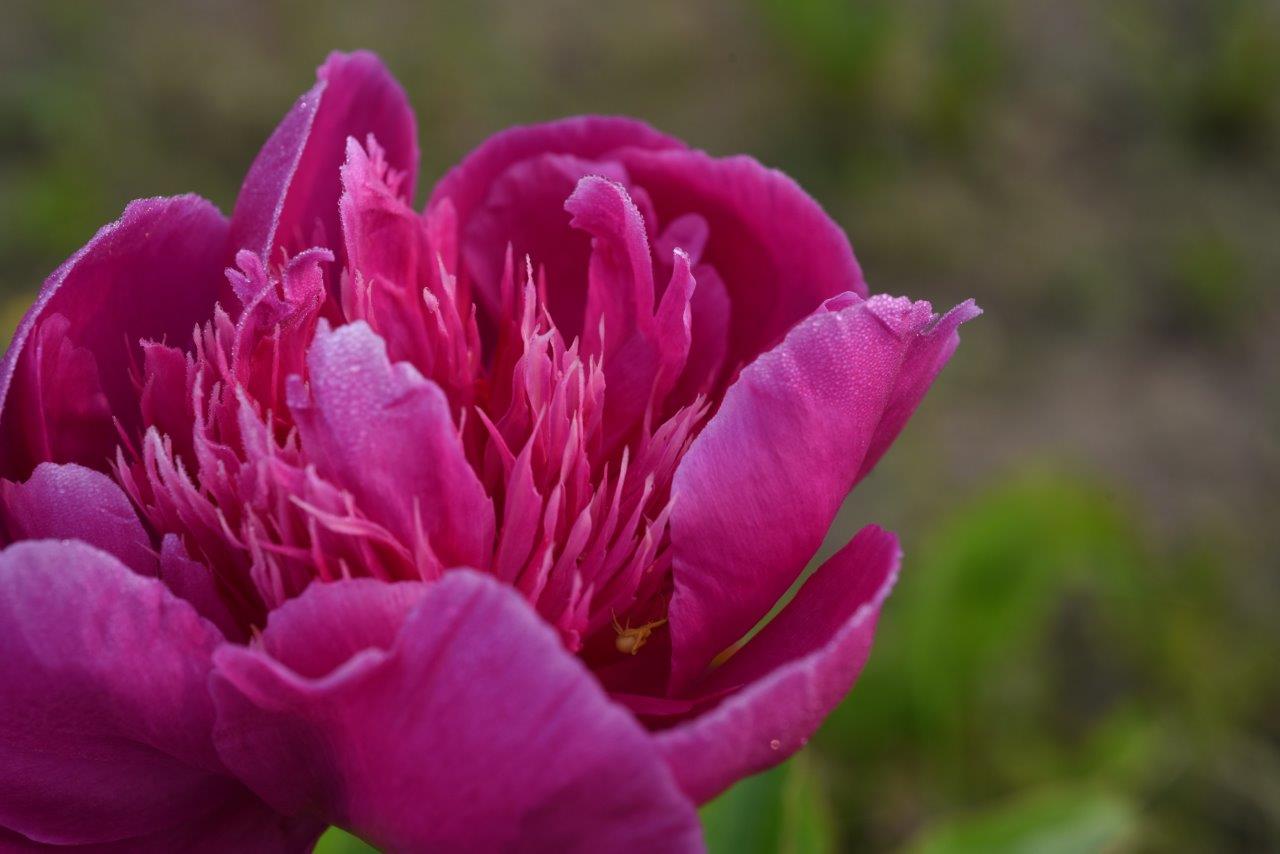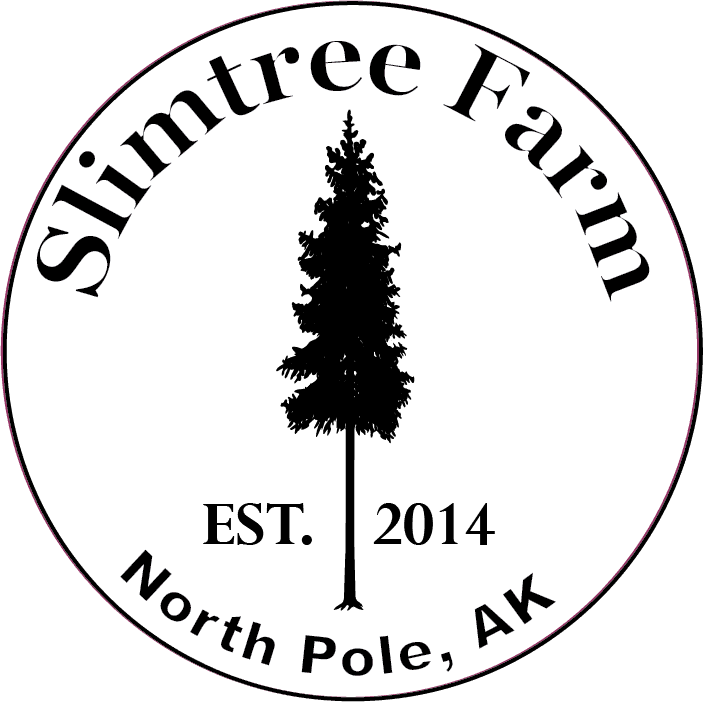
Our Philosophy
To learn, grow and manage a viable agriculture lifestyle. Produce organically grown and environmentally sustainable products while expanding educational opportunities for Alaskan agriculture, educational institutions and various eco-friendly organizations.
Our love of the natural world underlines every decision on the farm. Whether it is a solar pump to pump water to our flowers or putting hedge rows between our fields for bird and beneficial insect populations to flourish. Currently, we are working with NRCS to place kestrel, owl and bat nesting boxes on our property to help keep rodent populations in check.
We irrigate with drip irrigation decreasing the amount of water needed for our fields.
We use natural fertilizers and compost that we make from seeking out animal manure and the leftover vegetables and egg shells that our worms make into vermicompost.
Farming is in our blood with both grandparents having farms or farming businesses in their backgrounds.
Brian grew up on a farm in central Ohio.
Ronda grew up more of a city kid with wishes of living in the country. Her family garden big and helped ranchers in Colorado irrigate alfalfa crops in exchange for horse boarding.
In 2013 we started really planning putting peonies on our land. We’d had the property for years but never farmed it because we were too busy with our jobs to start something new. While Brian was out of town fishing, Ronda bought the first three hundred roots. That summer Brian’s mom Cissie had been visiting. She sat and listened to our plans with a big smile on her face that we were going to be flower farmers.
The first three hundred plants have been methodically documented. The peony industry in Alaska is still new and so were we so every little bit of data that we could collect and observe goes into these varieties.
At the time of planting, which happened to be on our twenty fifth wedding anniversary, we weighed and counted the number of visible eyes on each root before it could go into the ground. Since then, these first three hundred roots have been the stars of our farm. We have kept track of the amount of stems on each plant and fortunately, the university of Alaska, through MingChu Zhang, we have had chemical analysis on many of the plants for the last few years. We don’t know exactly what all these numbers are telling us but we do know that any knowledge we gain from seeing patterns and growth helps us better manage our plants.
In 2016, we added honey bees to our farm. We took a beekeeping class during the winter and hived our first hives that spring.
Adding bees, and having neighbors put their hives on our farm as well has enhanced the beauty on the farm. The bees and other native pollinators are attracted to the sweet sap dripping from the buds. We want to sap to be cleaned up so having a few hundred thousand bees helping us clean makes our flowers keep better in the chiller because it’s the sugar that makes the decay in flowers.
We won’t spray harmful insecticides or pesticides because we value bees.
